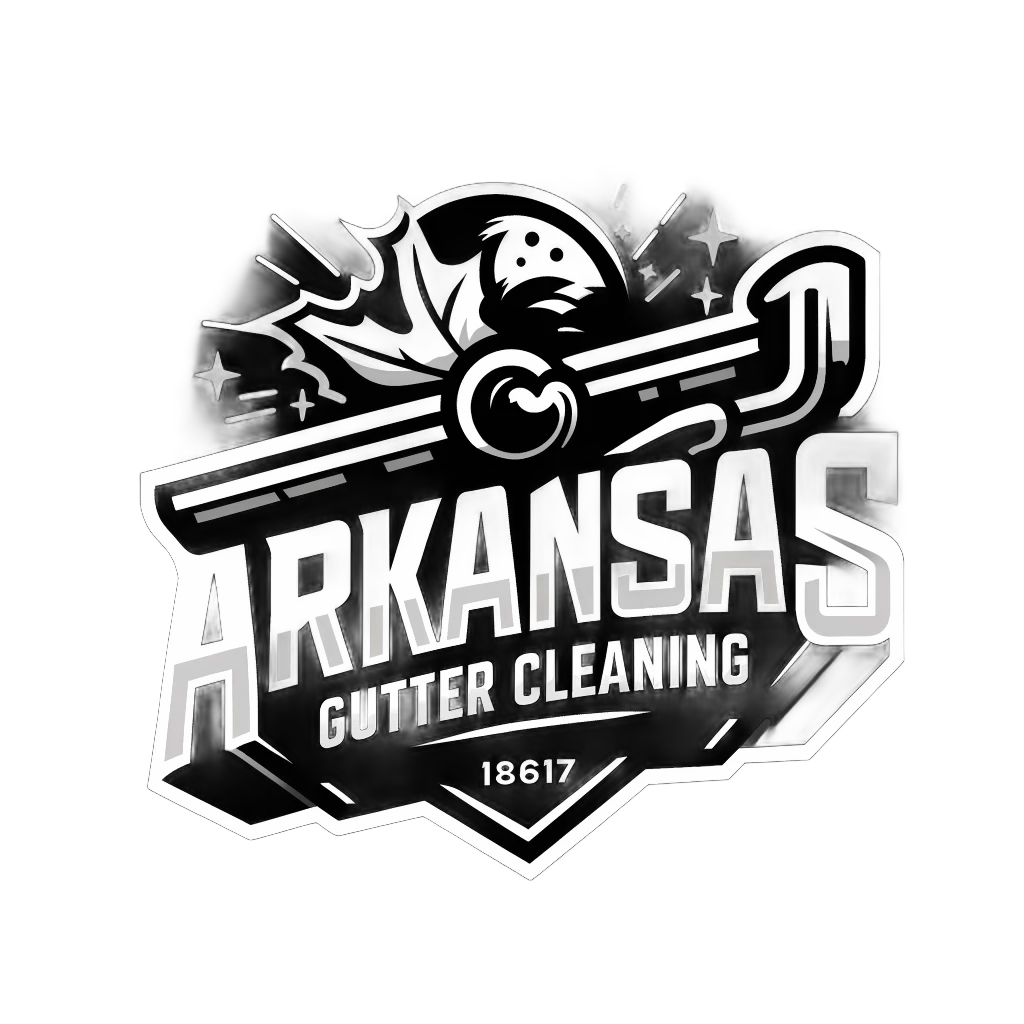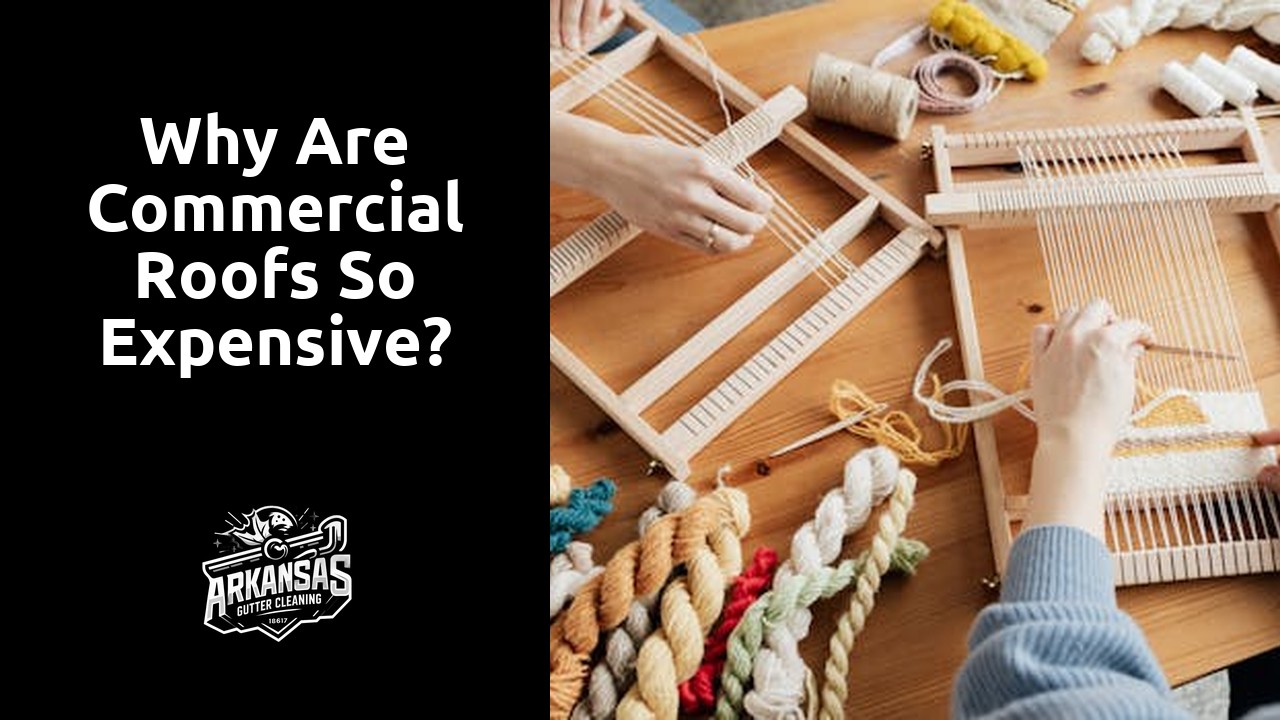Table Of Contents
Weather Conditions
Weather conditions play a significant role in determining the cost of commercial roofs. In areas with harsh weather environments such as frequent storms, intense sunlight, or heavy snowfall, the demand for more resilient roofing materials is higher. These materials are designed to withstand extreme conditions and provide better protection for the building, ultimately contributing to higher costs for installation and maintenance.
Additionally, regions prone to temperature fluctuations or high humidity levels may require specialized roofing solutions to prevent damage from expansion, contraction, or moisture infiltration. The need for weather-resistant materials and additional protective layers adds to the overall expenses involved in ensuring the longevity and durability of commercial roofs in challenging climatic conditions.
Harsh weather environments may demand more resilient roofing materials, contributing to higher costs.
In harsh weather environments, such as areas prone to heavy snowfall, intense storms, or extreme heat, commercial roofs are subjected to increased wear and tear. To withstand these challenging conditions, durable roofing materials are essential. These materials must be able to resist the impact of snow, rain, wind, and temperature fluctuations without deteriorating quickly, which often leads to higher costs for installation and maintenance.
The need for resilient roofing materials in harsh weather environments directly contributes to the overall expense of commercial roof projects. Investing in high-quality materials that can withstand the elements ensures the longevity and durability of the roof, reducing the frequency of repairs and replacements. While the initial cost may be higher, choosing materials specifically designed for challenging weather conditions can ultimately help businesses save money in the long run by minimizing maintenance and repair expenses.
Roof Maintenance
Regular maintenance and inspections play a pivotal role in ensuring the longevity and performance of commercial roofs. Neglecting these essential tasks can lead to minor issues escalating into major problems, resulting in expensive repairs or even premature roof replacement. By investing in routine maintenance, property owners can identify and address any issues early on, ultimately saving money in the long run by preventing extensive damage.
Moreover, scheduled maintenance allows professionals to assess the overall condition of the roof, identify potential weak points, and make necessary repairs promptly. Addressing minor issues promptly can help extend the lifespan of the roof, maximizing its durability and performance. In essence, consistent maintenance not only contributes to cost savings by minimizing the need for costly repairs but also ensures that the roof continues to provide reliable protection for the entire commercial structure.
Regular maintenance and inspections are essential for commercial roofs, factoring into the overall cost over time.
Regular maintenance and inspections play a crucial role in ensuring the longevity and performance of commercial roofs. By conducting routine maintenance checks, property owners can identify any potential issues early on, preventing them from escalating into larger, more costly problems. From inspecting for leaks and cracks to clearing debris and ensuring proper drainage, regular maintenance helps to extend the lifespan of the roof and minimize the need for extensive repairs or replacements.
While some may view regular maintenance as an additional expense, it is important to recognize that the cost of neglecting maintenance can far surpass the expenses of proactive care. Ignoring minor issues can lead to significant damage over time, requiring costly repairs or even premature roof replacement. By investing in regular maintenance and inspections, property owners can protect their investment and save money in the long run by avoiding the need for emergency repairs or untimely replacements.
Energy Efficiency
Energy efficiency is a crucial consideration when it comes to commercial roofing. Investing in energy-efficient roofing systems can lead to significant long-term savings on heating and cooling costs for a commercial property. While these systems may come with a higher upfront price tag compared to traditional roofing options, the benefits in terms of reduced energy consumption and lower utility bills can outweigh the initial cost.
An energy-efficient roof can help regulate indoor temperatures more effectively, reducing the reliance on heating and cooling systems throughout the year. By minimizing heat gain in the summer and heat loss in the winter, these roofing solutions can create a more comfortable indoor environment for occupants while also decreasing the overall carbon footprint of the building. This environmentally friendly approach not only saves money for the property owner but also aligns with sustainable practices that benefit both the business and the planet.
Energyefficient roofing systems can be more expensive upfront but offer longterm savings on heating and cooling costs.
Energy-efficient roofing systems offer a cost-effective solution for commercial properties in the long run. Despite the higher initial expense compared to traditional roofing options, these energy-efficient systems provide substantial savings over time. By reducing heating and cooling costs, businesses can experience lower utility bills and improved energy efficiency, ultimately leading to long-term financial benefits.
Investing in energy-efficient roofing not only contributes to cost savings but also helps reduce the carbon footprint of commercial buildings. These eco-friendly roofing solutions promote sustainability and environmental responsibility while minimizing the impact on the planet. By choosing energy-efficient roofing systems, businesses can enhance their reputation, attract environmentally conscious customers, and demonstrate a commitment to green practices that benefit both the company and the community.
FAQS
Why are commercial roofs more expensive than residential roofs?
Commercial roofs are typically larger in size and require more durable materials to withstand the wear and tear of a commercial setting, leading to higher costs.
How do harsh weather conditions impact the cost of commercial roofs?
Harsh weather environments can necessitate the use of more resilient roofing materials, which are often more expensive, to ensure the roof can withstand extreme conditions and protect the building.
Why is regular maintenance important for commercial roofs?
Regular maintenance and inspections are crucial for commercial roofs to identify and address issues early, preventing costly repairs or replacements down the line and extending the lifespan of the roof.
Do energy-efficient roofing systems contribute to the higher cost of commercial roofs?
Yes, energy-efficient roofing systems may have a higher upfront cost due to the advanced technology and materials used. However, they offer long-term savings on heating and cooling costs, making them a worthwhile investment for many businesses.
What are some ways to mitigate the cost of commercial roofs?
Investing in quality materials, scheduling regular maintenance, and considering energy-efficient options can help reduce long-term costs associated with commercial roofs and extend their lifespan.

